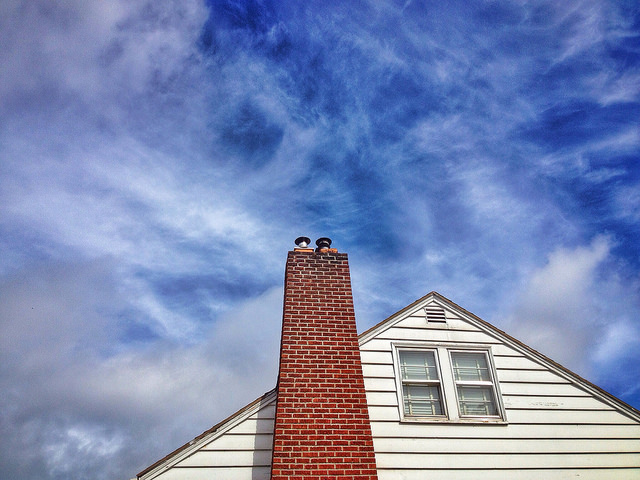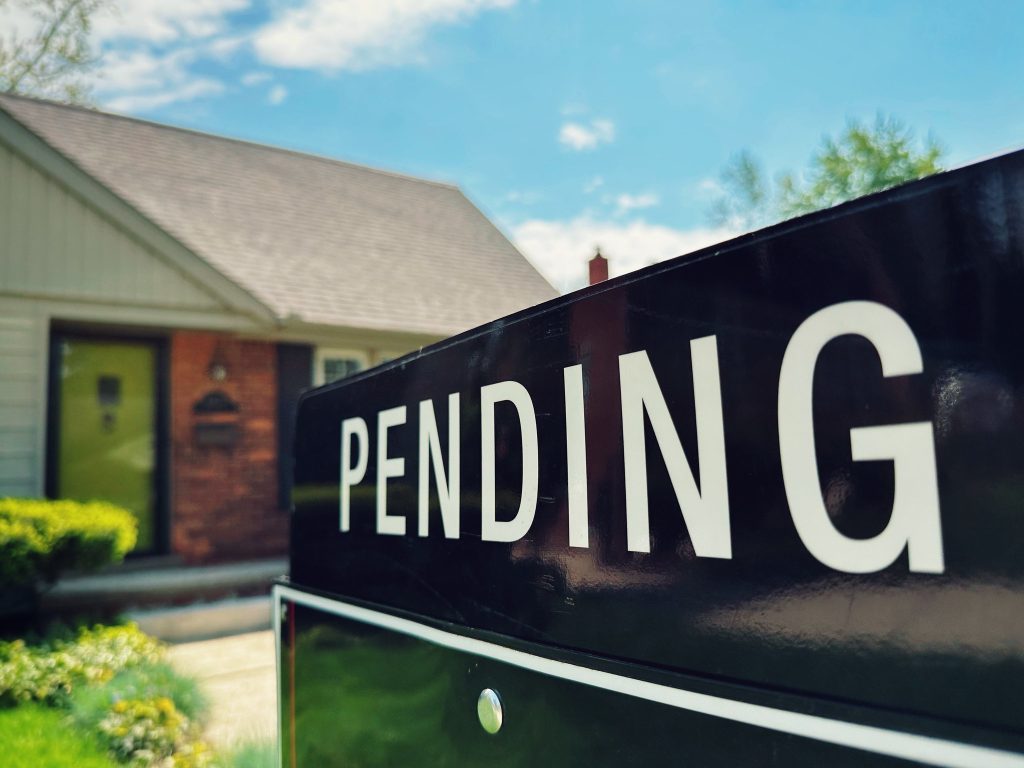Before you can seriously consider buying a home, you have to calculate whether or not you can afford the monthly mortgage payment. After all, there’s no point in falling in love with a house you can’t afford. But what’s a typical monthly mortgage payment look like these days? Well, the Mortgage Bankers Association tracks mortgage payments each month based on the loan amounts applied for by hopeful home buyers. In April, for example, the data shows the national median payment was $2,256. That’s up $55 from March when it was $2,201. Edward Seiler, MBA’s associate vice president, Housing Economics, and executive director of the Research Institute for Housing America, says affordability was challenging in April. “Home buyer affordability conditions declined further … in April, sidelining many prospective buyers from entering the housing market.†Seiler said. “In addition to lower mortgage rates, more housing inventory is desperately needed in markets throughout the country this summer to alleviate these tough affordability conditions.†Fortunately for buyers, for-sale inventory has been on the rise so far this year and mortgage rates, after spiking in April, have mostly retreated in recent weeks. (source)













